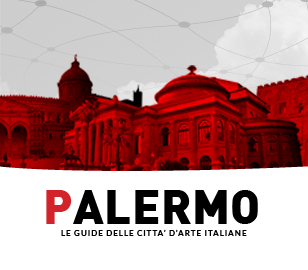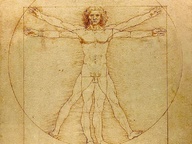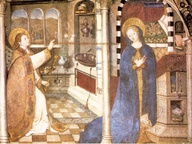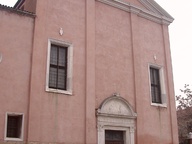Giovanni Bellini
Venice 1430 ca - Venice 1516
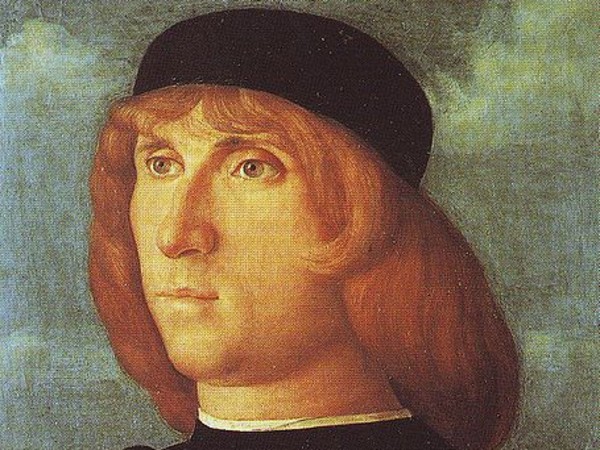
Son of Jacopo and brother of Gentile, he is one of the greatest Renaissance painters. He trained at his father’s shop, but was mostly inspired by the works of his brother-in-law, Andrea Mantegna.
His paintings prior to 1460 (one Transfiguration and one Crucifixion at Museo Correr, Venice, the Agony in the Garden in the National Gallery of London) are characterized by the incisiveness of the drawing and by the stroke along contours, but they already reveal a penchant for intimate and almost apologetic representations of characters, surrounded by large silent landscapes. The next year saw his lines fading, making room for research on light: a wealth of nuances and different colours characterize the Pietà (Brera Art Gallery, Milan), the Christ Blessing (Louvre, Paris) and the San Vincenzo Ferreri Polyptych (Basilica Santi Giovanni e Paolo, Venice). The Coronation of the Virgin (Pesaro Altarpiece, Musei Civici, Pesaro), which can be dated 1475, marked the achievement of the full maturity and artistic independence of Giambellino. He proved in this painting to be familiar with and understand the work by Piero della Francesca and his Flemish peers. These experiences, including Antonello da Messina’s, converged into the art of the master, blended in a solid stylistic consistency. Evidence comes from the Transfiguration of1485 (Capodimonte Museum, Naples), the core work showing the maturity of the Venetian painter. Head of a flourishing shop and official painter of the signoria from 1483, Bellini did not lose his interest in the works by the new generation of young artists grown around him in the early 1500s, from Giorgione to Titian. The works of this period include the Frari Triptych (Basilica di Santa Maria Gloriosa dei Frari, Venice) and the San Zaccaria Altarpiece (San Zaccaria, Venice), featuring a typical XVI-century grandiosity.
